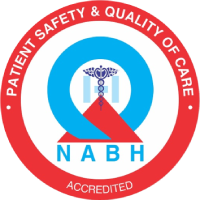Angioplasty

What is a Angioplasty ?
Angioplasty, also known as balloon angioplasty, is a minimally invasive procedure aimed at widening narrowed or blocked arteries. By utilizing a tiny balloon, healthcare providers push plaque against the artery walls, facilitating improved blood flow. In some cases, a stent or tube is inserted into the newly expanded space to maintain its openness. This procedure is commonly employed to address tight spots within arteries where plaque buildup restricts blood flow.
What does Angioplasty treat?
Angioplasty serves as a treatment for atherosclerosis, which involves plaque buildup composed of fat and cholesterol within various arteries throughout your body.
Coronary artery disease: Percutaneous coronary intervention, also known as coronary angioplasty, addresses narrow or blocked coronary arteries, which can lead to chest pain or a heart attack due to insufficient oxygen supply to the heart.
Peripheral artery disease: Angioplasty targets atherosclerosis in major arteries of the arms, legs, and pelvis, improving blood flow and alleviating associated symptoms.
Carotid artery disease: Angioplasty is effective in managing blocked arteries in the neck, preventing potential strokes by ensuring adequate oxygen supply to the brain.
Chronic kidney disease: Renal artery angioplasty is employed when plaque buildup in the kidneys’ arteries impairs oxygen delivery, offering relief and preserving kidney function.

